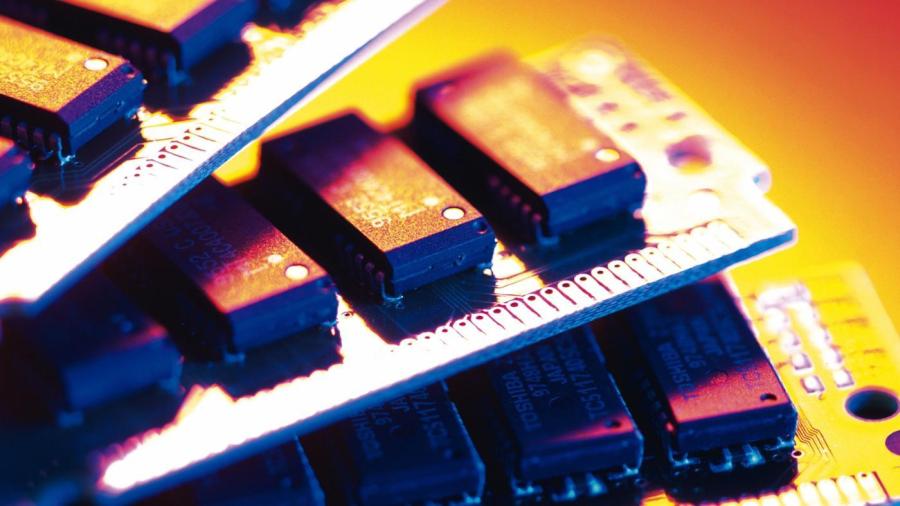What Is the Purpose of RAM?

RAM is used for storing loaded programs and the data programs use. It stands for “random access memory” and constitutes the working memory of a computer.
RAMs main advantage is its speed. Information can be loaded to it quickly, and processors, which have only minimal storage capacity, can operate on it quickly. A program’s start-up time is generally the result of this transfer. When a program is run, calculations are performed using information stored in RAM, and RAM is used to store information input by a user. While a user edits a document, for example, its text and formatting information resides in RAM.
However, RAM is generally not used for long-term storage. Part of this is because the cost of RAM is much higher than the cost of typical disk drives. RAM also requires a constant flow of electricity, and the information it holds is lost if power is disconnected.
In some situations, however, administrators might set up a “RAM disk,” which uses banks of RAM as a long-term storage solution. Databases run much faster if information is stored in RAM, and information that’s accessed frequently takes priority. To ensure data integrity, these devices are often connected to a battery in the event of power loss.





